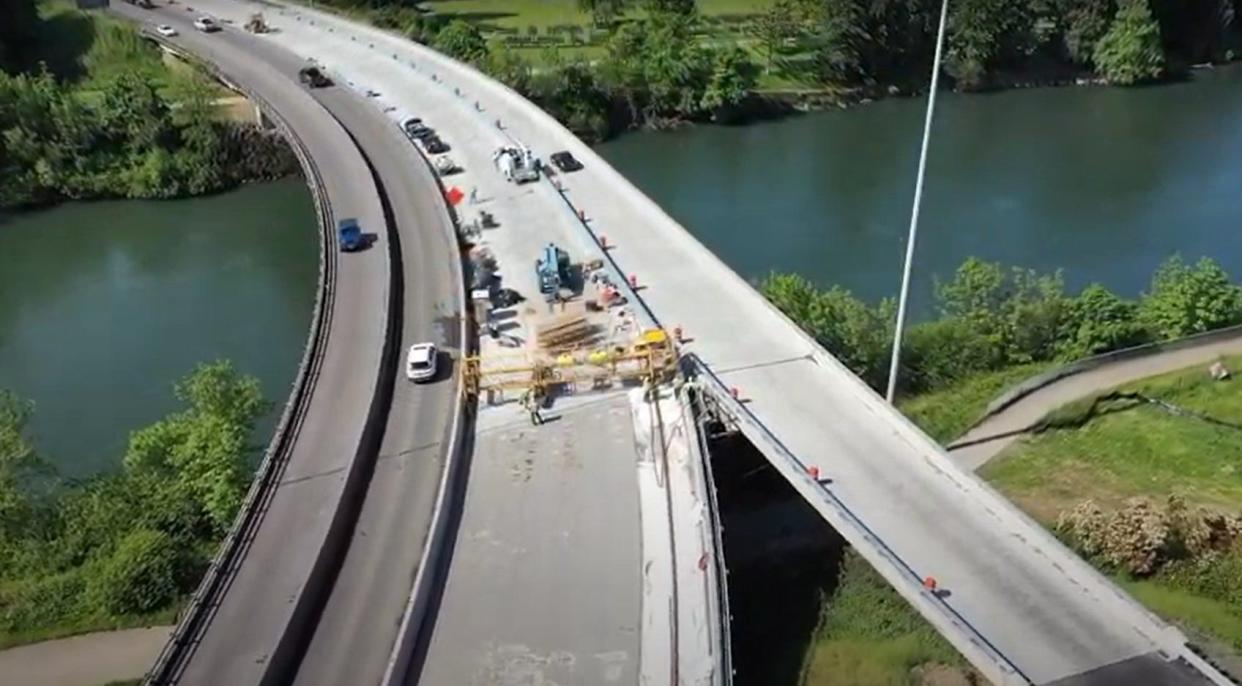The next Cascadia earthquake could be devastating. Start your preparations

Jan. 26 marked the 322nd anniversary of the last major Cascadia Subduction Zone (CSZ) earthquake. As a Community Emergency Response Team (CERT) member living in Salem, I’ve spent the past six years working to motivate community preparedness around this topic.
You can see a tornado travel; you can watch it shift direction. You can see floodwaters rise and landslides and avalanches flow. You can watch a volcano spewing and wildfires and storms approaching.
Earthquakes are different. They are some of the greatest ghost stories ever told —suddenly everywhere around us at once, unseen but for the destruction they cause. They can’t be predicted, and there isn’t an earthquake season. The precious few seconds’ warning that ShakeAlert can now bring will be all you get.
Forty-six of these megathrust CSZ earthquakes have occurred over the past 10,000 years, averaging one every 223 years.
The next one will undoubtedly overwhelm local emergency responders. Roads and bridges will be heavily damaged. Most communication systems will be down. The Willamette Valley is expected to go as long as 50 days without natural gas, 100 days without electricity and a whopping 400 days without water/sewer.
Responders from outside the disaster area will take time to arrive — how much time will depend on the area of devastation.
Cascadia megathrust earthquakes appear to have triggered San Andreas earthquakes roughly two-thirds of the time over the past 3,000 years. New research by UC Davis and San Diego State finds that roughly 20% of San Andreas earthquakes have coincided with earthquakes on the San Jacinto Fault. Further research has shown that roughly 20% of CSZ earthquakes have been followed by a Cascade Range volcanic eruption within a reasonably short time frame (days to months).
There is no doubt that a major tsunami, much larger than the one that came to our shores on Dec. 15 of this year, will follow a CSZ earthquake.
Get prepared for quake: Build your preparedness kit in 24 weeks

The probability of the CSZ, the San Andreas and the San Jacinto rupturing together (especially to their full rupture lengths), followed by a volcanic eruption (or two), is highly unlikely. However, any combination of these disasters will further impact the country’s available resources and response times.
Having supplies on hand for you and your family will be crucial. You are smart and resourceful, but being resourceful requires having access to resources, which are plentiful now (toilet paper, anyone?). They won’t be when disaster strikes. There are people and pets who depend on you. Be ready.
I wish you the very best on your preparedness journey. The time to prepare is now.
There is a ghost on our horizon.
Salem resident Bridget Good serves as a Community Emergency Response Team (CERT) volunteer. She also manages the city’s CERT Salem Facebook page and hosts the website, SurvivingCascadia.com You may reach her at bridget.shannon.good@gmail.com.
This article originally appeared on Salem Statesman Journal: Be ready for the next Cascadia earthquake

